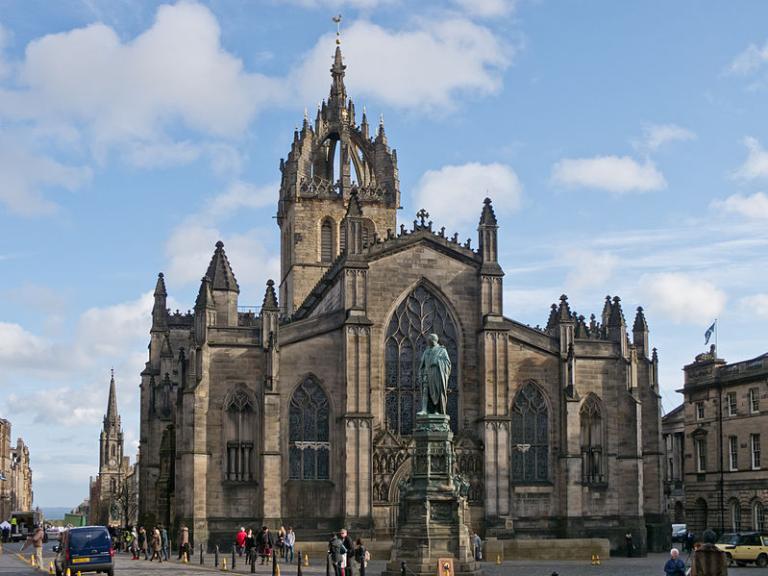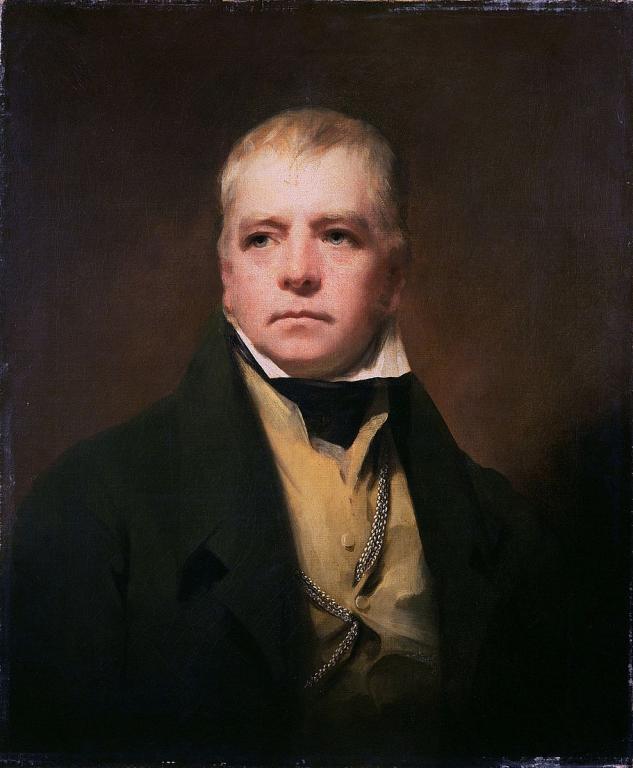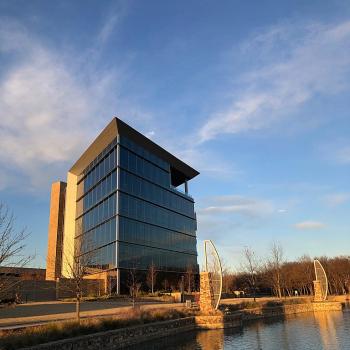
A new short-video feature has gone up on the website of the Interpreter Foundation. Please watch it. And, if you like it, please share it with others:
“Witnesses of the Book of Mormon — Insights Episode 18: Is Eyewitness Testimony Reliable?”
Eyewitness testimony is used around the world in courts of law. But there’s a movement today that calls into question the reliability of eyewitness testimony. Is it true that eyewitness testimony is unreliable—and thus invalid?
This is the eighteenth in a series compiled from from the many interviews conducted during the course of the Witnesses film project. This series of mini-films is being released each Saturday at 7pm MDT. These additional resources are hosted by Camrey Bagley Fox, who played Emma Smith in Witnesses, as she introduces and visits with a variety of experts. These individuals answer questions or address accusations against the witnesses, also helping viewers understand the context of the times in which the witnesses lived. This week we feature Jeff Bradshaw, Senior Research Scientist, Florida Institute for Human and Machine Cognition. For more information, go to https://witnessesofthebookofmormon.org/ or watch the documentary movie Undaunted.
Short clips from this episode are also available on TikTok and Instagram.
Be sure to subscribe to our YouTube channel at https://www.youtube.com/c/theinterpreterfoundation and our other social media channels on Facebook, Twitter, Instagram, and TikTok.
In case you want to pursue this subject a little bit further, the role and importance of eyewitness testimony are also addressed — this time, by a retired federal judge and a retired federal prosecutor — in the Interpreter Foundation’s two-part docudrama, Undaunted: Witnesses of the Book of Mormon.

(Wikimedia Commons public domain image)
I wrote this column for the Deseret News back in 2016, in the wake of a previous visit to Edinburgh:
“John Knox and the Scottish Reformation”
And this somewhat later Deseret News column also mentions John Knox, albeit only in passing:
“Christmas after the Protestant Reformation”

Some time ago, I read a book by Fiona Givens and Terryl Givens that is entitled The Christ Who Heals: How God Restored the Truth that Saves Us. I sometimes encounter derisive comments from certain critics about how shallow Mormonism supposedly is. Such complaints astonish me. I find the implications, entailments, and disclosures of the Restoration both radical — which, here, means reaching right down to the root (radix) — and utterly profound. And so, it seems, do Fiona and Terryl:
Mormonism [sic] is so rich in doctrine, so expansive in its teachings, that we may be too easily distracted from this one cardinal proposition: The Restoration recovered that Christ who is the most remarkable being in the history of religious thought. (1)
They endeavor to show, in fact, that the figure of Christ “comes into his full splendor and beauty through the lens of the Restoration” (1).
Mormonism [sic] has immense theological profundity. It repudiates notions of inherited guilt and depravity, restores vulnerable compassion and empathy to a Heavenly Father, recaptures the saga of human preexistence and our literal co-heirship with Christ, and provides a coherent scheme of salvational plenitude for the dead as well as the living. Its doctrines are alternately exhilarating and consoling, controversial and common-sensical. (2)
I strongly suspect that one of the factors in recently declining conversion rates and in some retention problems among young Latter-day Saints is our failure to adequately exhibit the exciting and radical depth of the teachings of the Restoration. The book by Terryl and Fiona Givens is a helpful instrument for reminding ourselves and others of what we’ve sometimes allowed to be obscured.
Especially in this context, I like their comments on what Latter-day Saints often call the “Great Apostasy”:
This “falling away” does not represent some minor corruptions of sacramental liturgy or ritual forms. It is not about wicked priests whom God punished by removing their priesthood. It is about a fundamental misapprehension of the background and purpose and extent of the covenant (premortal origins, mortal incarnation, and eventual theosis and sealing into the eternal family). It is the loss of the mode by which that covenant is executed (through temple covenants that create those chains of infinite belonging, completing our journey from intelligence to joint heirship with Christ).
The loss of the larger cosmic context was compounded by failing to see the Fall as a necessary and premeditated immersion of humankind into the crucible of experience, suffering, and schooling in the practice of love. The loss was not about baptizing at the wrong age or in the wrong medium. It was about not knowing that baptism makes us — all of us eventually — literally members of Christ’s family and co-heirs with him as planned in premortal councils. What is at stake is not simple difference in standards of sexual practice or marriage’s purpose per se. It is about failing to see the family structure as a divine mode of eternal association that is at the very heart of heaven itself. In sum, the “Restoration” is not about correcting particular doctrines or practices as much as it is about restoring their cosmic context. (14-15)

(Wikimedia Commons public domain image)
And here’s a remarkable bit of astronomical or astrophysical news that has caught my attention:
“Supergiant Betelgeuse had a never-before-seen massive eruption”

(Wikimedia Commons public domain image)
Finally, I close with a pair of items that I’ve managed to recover from the Christopher Hitchens Memorial “How Religion Poisons Everything” File©. Read ’em and weep:
Posted from the Firth of Forth












